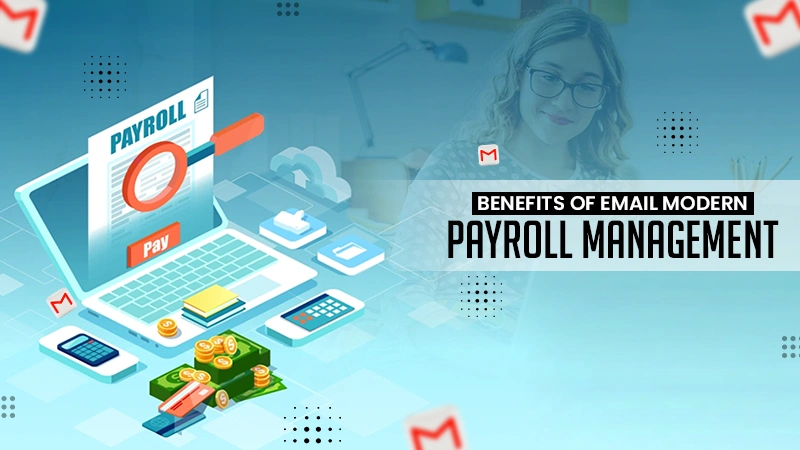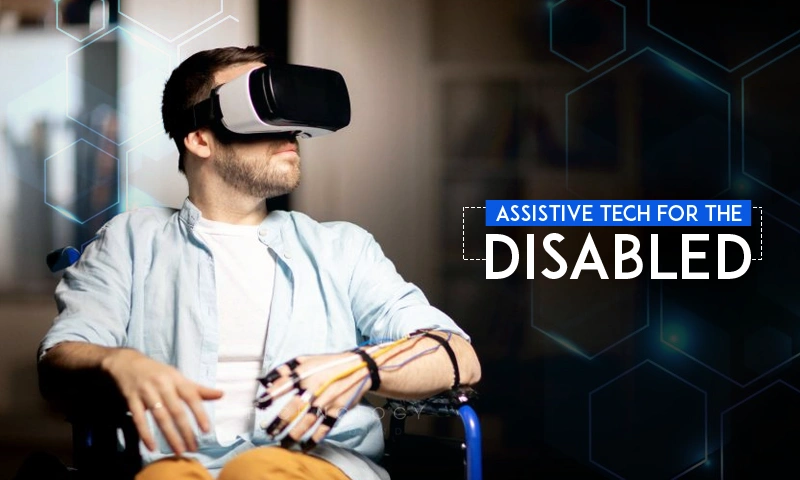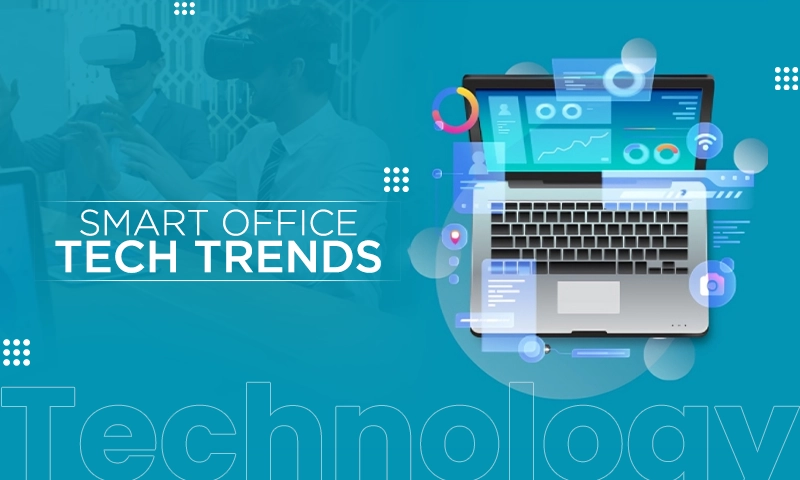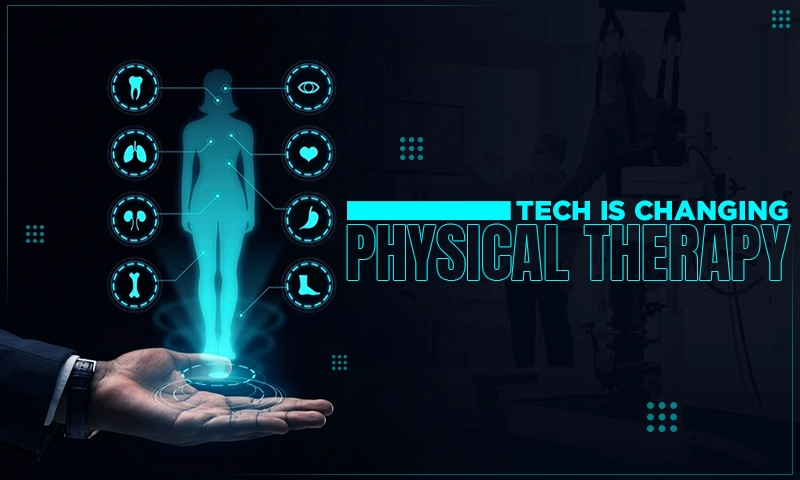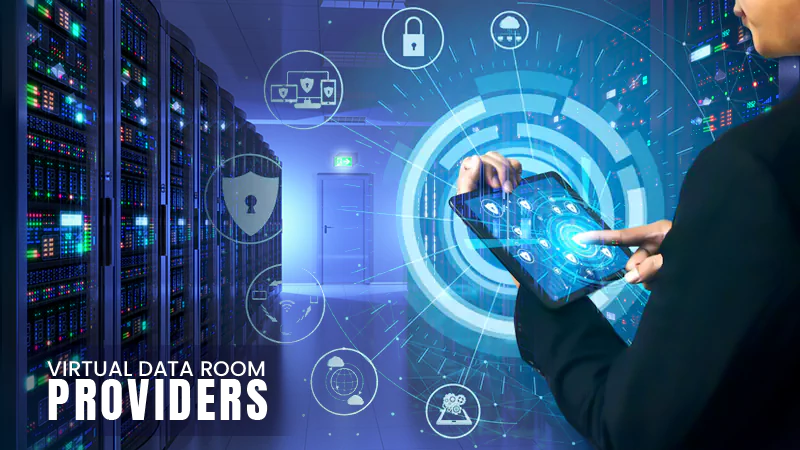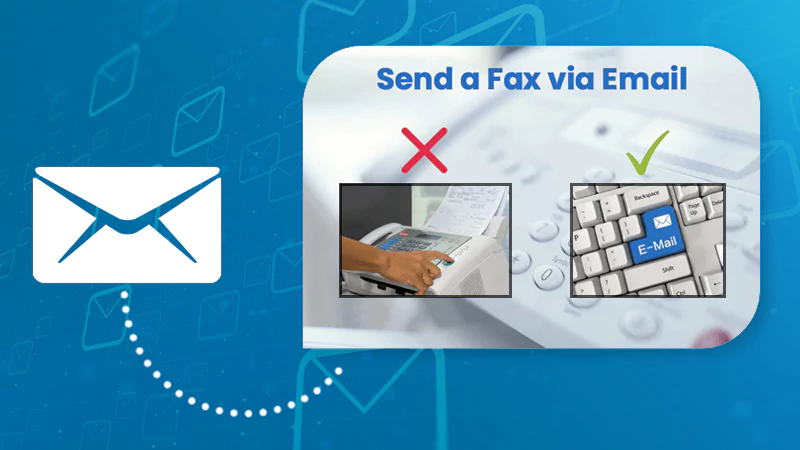Why Your Retail Business Needs a Mobile App & Investments In Other Technology
According to analyst firms, 38% of internet users would prefer to visit a physical store if a retailer uses innovations. A retail software development company Intelvision gave us an example that on Amazon Go, you don’t even need to scan products. The person at the entrance logs in to the mobile application, brings a smartphone with a QR code to the turnstile and goes to the store.
Intelvision specialists say that the entire supermarket is covered with AI cameras, and the shelves are equipped with special sensors that monitor leftovers. If a person changes his mind about taking something, it is enough to put the product back—and it will automatically disappear from the online shopping cart. Payment is debited from the bank card as soon as the buyer leaves the store.
If you are not yet ready for a major investment in innovation, a mobile app will suffice for your retail store. Keep reading this blog post where we’ll try to give you an idea of why you should use mobile apps as a platform to increase your sales, customer loyalty, and brand visibility.
What’s Happening in Retail and Why Investing in Technology is Critical
Due to lockdowns, the e-commerce market continues to grow. The pandemic accelerated its development by about five years. Three years ago, online shopping accounted for just under 14% of all retail sales, and by 2024 this number should be 21.8%
People are tired of being constantly online and crave new offline experiences and real communication. Therefore, they are ready to go to offline stores. Physical retail goes online to gain advantages over competitors, increase sales, and overcome pandemic restrictions. E-commerce, on the other hand, considers offline as a point of contact with users and the possibility of converting into new online purchases.
Also Read: How Can a Business Gain from Email Marketing?
In Addition to the Website: How the Mobile App Will Boost the Retail Business
Over 5 billion people use smartphones, and it is almost 70% of the human population. Mobile has covered the whole world in recent decades. There are many reasons why your retail store needs a mobile application.
It’ll help you Boost Your Revenue
Giving your customers a new shopping experience and using a smartphone can help you boost your income. Research shows that 90% of time spent on mobile devices is spent within apps, versus 10% spent on mobile browsers. Also, according to Statista, digital buyers in the US are more likely to make their mobile purchases via mobile apps than via mobile websites—and this trend is common all over the world.
Push Notifications will Increase your Customers’ Engagement
In retail mobile apps, push notifications are mostly used to inform customers about upcoming sales, new arrivals, or special in-store events. Push notifications are a powerful channel to increase customer engagement because they have 90% open rates and can be more effective than social media posts or email campaigns.
Ultra-convenient Customer Experience will Attract Visitors to your store
Having all the necessary information right at users’ fingertips and allowing an ultra-convenient user experience while using a mobile application, will improve your relationship with customers. Better communication processes, trendy and user-friendly design and a seamless shopping experience will also lead to higher conversion rates and sales making a mobile application a valuable sales channel for your retail business.
4 Additional Trends in Retail 2022
How the industry is transforming in response to changing user needs.
1. Scanning the palm of a store visitor for payment
Biometric identification reduces customer service time by 85%, which also reduces cart abandonment by about 70%. Scanning a fingerprint or a face is no longer surprising, so Amazon has gone further: now you can pay for goods… with your palm.
The Amazon One device is designed in 2020 for just such purposes. It is used in 60+ US outlets including Amazon Go, Whole Foods Market, Amazon Books, Amazon 4-star, Amazon Fresh, and Amazon Pop Up. This is a terminal that reads the customer’s palm for payment. When you visit the store for the first time, you need to register in the system: put your hand on the scanner for a couple of seconds, and also link your bank card and phone number to your biometric data. Registration takes less than a minute. During the next visits to the outlet, it will be enough to put your palm on the terminal for payment. You can “record” the imprint of one or both hands. Data will be stored on cloud servers.
2. Smile-to-Pay technology
According to a study by the US fintech company Blackhawk Network, 76% of buyers cite ease of payment as one of the reasons for their brand loyalty. For example, Chinese KFC restaurants use Smile-to-Pay technology.
The buyer is required to enter the phone number, and the online wallet data, smile at the camera on a special terminal, and the payment will go through. The system recognizes the owner of the wallet with a smile within 2–3 seconds. In addition, the technology cannot be fooled with a photo: the system takes into account shadows and highlights to confirm the presence of the user.
The system was developed by Ant Financial, whose main investors are Alibaba Group and WeChat Pay Tencent, two of the largest players in the Chinese contactless payment market. Nowadays, Smile-to-Pay technology is implemented in more than 300 cities in China.
3. “Hey Google”: voice shopping
In 2017, Walmart partnered with Google to launch a voice ordering feature that is available to users of the Google Assistant platform. It is supported by Google Home, smartwatches, and smartphones with the Android or iOS operating system in the regions where the supermarket chain operates.
The user can report a shopping list to Google Assistant while working, driving a car, or just preparing breakfast. Walmart employees will place the order and deliver it at the agreed time. Moreover, if the client asks to re-order some product, the virtual assistant will find it in the purchase history and copy the delivery detailed info. The user doesn’t have to give the full name of the product—just say “water” so that the assistant understands what brand and bottle volume he is talking about. To activate the function, you need to say: Hey Google, talk to Walmart.
4. AR (Augmented reality)
According to Statista, the global market capitalization of VR and AR reached $58.7 billion in 2022, and it will reach $296.9 billion in 2024.
During the opening of a new store in the suburbs of Dallas, furniture manufacturer IKEA invited customers to immerse themselves in the virtual world of their products. Thanks to AR technology in the company’s app, users could see how furniture and decor items would look in their homes. All you have to do is point your iPhone camera at them.
Nearly 300 people took the IKEA VR test drive, with an average participation time of three to five minutes. A few months earlier, the company launched IKEA Place, which offers 3D viewing of more than 3.200 products.
5. VR (Virtual Reality)
VR technologies have already stepped over the period when they were only interactive entertainment—now they are becoming a full-fledged part of marketing and retail. For example, a Korean system Looxid Labs VR tracks a person’s gaze and analyzes emotions while searching for or buying a product, helping companies offer more relevant products.
Conclusion
Many eCommerce business owners seriously underestimate the importance of having a good-quality mobile app in addition to the website. However, in the retail business, an application can satisfy target customers’ needs a few times more than a regular website. Shopping must be simple for all users, which is why top-quality mobile apps with their simplicity are good for business.
Share


